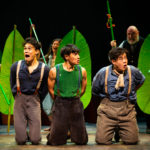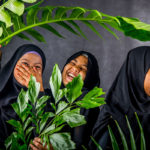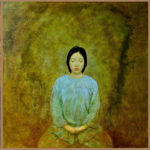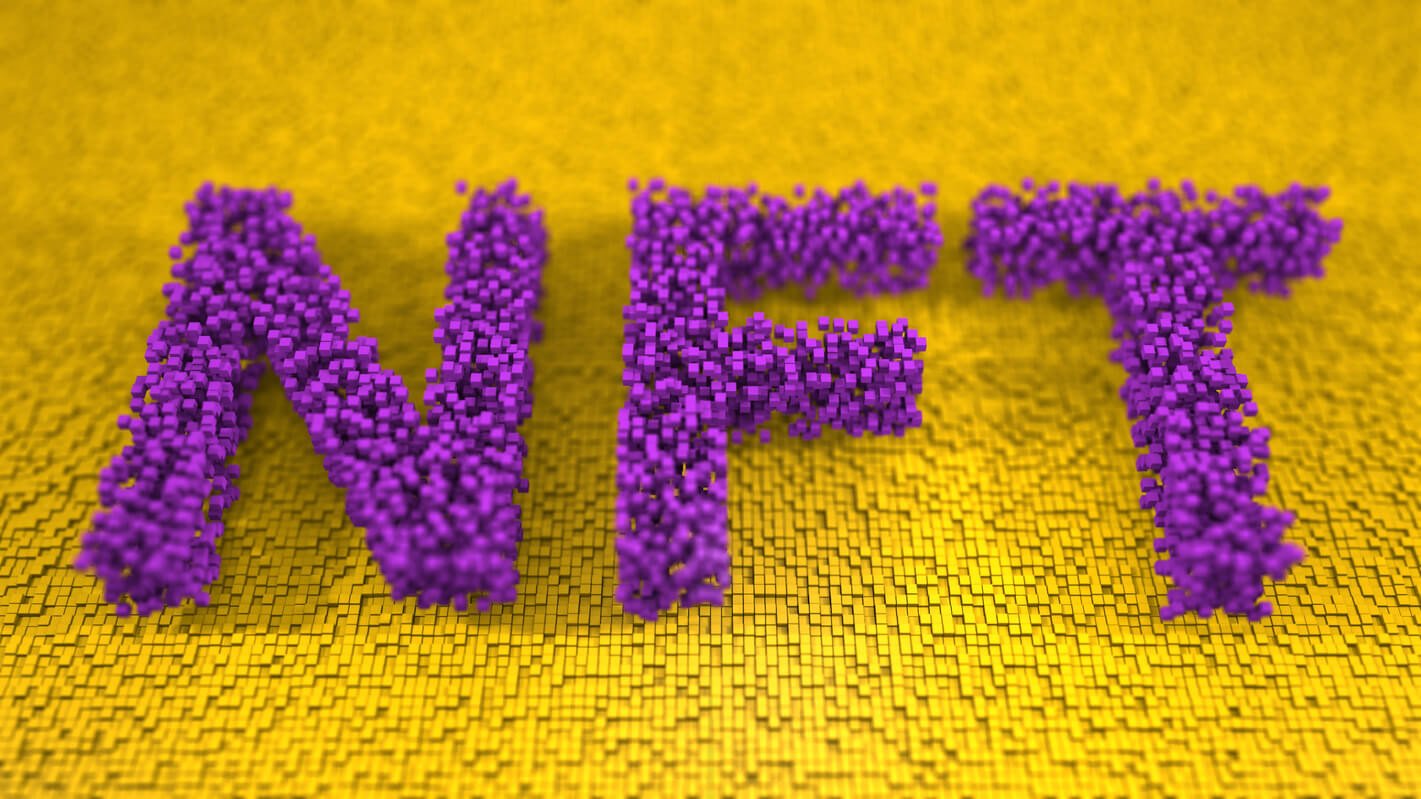Evenings of water and dense forest
2019 - Installation (Installation)
3x (48 x 48 x 10 cm); 2x (130 x 95 cm)
Noara Quintana
The series Belle Époque of the Tropics by Noara Quintana has as its background the history of the rubber industrialization in North of Brazil. The so-called Amazon Rubber Boom, 1879 to 1912, was an important part of the economic and social history of the country and Amazonian regions of neighboring countries, related to the extraction and commercialization of latex. Centered in the Amazon river basin, the boom resulted in a large expansion of European colonization in the area, causing cultural and social transformations that wreaked havoc upon Indigenous societies and immense environmental damage. The burgeoning cities in the region were turned into an emblem of modernity by the local elites who imported social habits and elements alluding to the European Art Nouveau aesthetics and architecture with its sinuous ornaments and organic shapes (in itself the outcome of an exoticization of non-Western cultures). Belem and Manaus were nicknamed as “Paris of the Tropics” and “Paris d’Amerique”, and what was then a motive of pride now is perceived as a somewhat kitschy melancholic heritage. In Evenings of water and dense forest Quintana highlights these histories by creating idiosyncratic objects like the Victoria Regia lamps and painted fabrics that create a sort of a suspended living room. The hanging works are made of natural rubber, silk, graphite, and glowing green lights, almost as if they were from a science fiction movie. The artist explains that the work critically engages with and refigures colonial practices of theft and transportation, of people, resources, histories and culture.
Noara Quintana’s research-based practice focuses on the materiality of everyday objects and their interconnection with sociopolitical and historical processes in the Global South. Her work investigates the genealogy of aesthetic manifestations and architectural elements often underscored by a colonial imaginary and its persisting implications. Quintana’s research-oriented work takes various forms such as installation, sculpture, video, and photography, and explores intersections between nature, geometry, and politics.
Colors:
Related works sharing similar palette

© » KADIST
Julieta Aranda
2016The video Swimming in rivers of Glue is composed of various images of nature, exploring the themes of exploration of space and its colonization...

© » ARTS EQUATOR
“Peter and the Starcatcher”: An Invitation to Suspend Disbelief Thinking and Talking about Arts and Culture in Southeast Asia Articles October 22, 2018 By Casidhe Ng (1,100 words, six-minute read) The final show of Pangdemonium’s 2018 season, Peter and the Starcatcher is this year’s equivalent of Fun Home or RENT , an exuberant and expensive production intent on ending their year with a bang...

© » KADIST
James Welling
2006Welling employs simple materials like crumpled aluminum foil, wrinkled fabric and pastry dough and directly exposes them as photograms, playing with the image in the process of revealing it...

© » ARTS EQUATOR
Weekly Southeast Asia Radar: New Filipina superhero; capturing seniors of Saigon; refugee kids in Penang musical | ArtsEquator Thinking and Talking about Arts and Culture in Southeast Asia ArtsEquator Radar Photo: School of The Arts, USM September 5, 2019 ArtsEquator’s Southeast Asia Radar features articles and posts about arts and culture in Southeast Asia, drawn from local and regional websites and publications – aggregated content from outside sources, so we are exposed to a multitude of voices in the region...

© » KADIST
Yin-Ju Chen
2018Extrastellar Evaluations is a multimedia installation produced during Yin-Ju Chen’s residency at Kadist San Francisco in the spring of 2016...

© » ARTS EQUATOR
'Son mai' – the painstaking Vietnamese art of lacquer painting (via Tuoi Tre News) | ArtsEquator Thinking and Talking about Arts and Culture in Southeast Asia Articles December 3, 2018 Once chiefly employed in the decoration of wooden objects, son mai , or lacquer painting, has grown over the last century into a freestanding art form in Vietnam, to a point where it is now widely considered to be the country’s national painting technique...

© » LARRY'S LIST
88% of Surveyed High-Net-Worth Art Collectors Interested in Buying NFTs Cryptonews News 88% of Surveyed High-Net-Worth Art Collectors Interested in Buying NFTs Fredrik Vold @fredrik-vold 30 Mar 2022 · 3 min read Fredrik Vold @fredrik-vold m 88% of Surveyed High-Net-Worth Art Collectors Interested in Buying NFTs Source: Adobe/immimagery A whopping 88% of high-net-worth (HNW) traditional art collectors say they are interested in buying digital art in the form of NFTs , a new report on the art market for 2022 has found...

© » SLASH PARIS
Années pop, années choc, 1960-1975 — Mémorial de Caen — Exhibition — Slash Paris Login Newsletter Twitter Facebook Années pop, années choc, 1960-1975 — Mémorial de Caen — Exhibition — Slash Paris English Français Home Events Artists Venues Magazine Videos Back Années pop, années choc, 1960-1975 Exhibition Painting, sculpture, mixed media Bernard Rancillac, Mélodie sous les palmes, 1965 (détail) © Fondation Gandur pour l’art Genève — Photographie André Morin — ADAGP Paris, 2023 Années pop, années choc, 1960-1975 Ends in 6 months: June 22 → December 31, 2023 Conçue à partir des œuvres de la figuration narrative de la Fondation Gandur pour l’Art et des collections du Mémorial (affiches, objets, films, photographies, unes de presse), Années pop, années choc, 1960-1975 aborde la représentation de l’histoire en marche : celle notamment de la guerre du Vietnam et de la confrontation entre blocs durant la guerre froide, des procès tardifs des nazis en Allemagne, du franquisme au pouvoir, de la révolution culturelle chinoise, mais aussi celle plus sociale de Mai 68, des luttes pour l’égalité des sexes ou contre la ségrégation raciale, de la société de consommation et du tourisme de masse comme pivots de l’histoire du monde occidental...

© » ARTNEWS MARKET
Hauser & Wirth and Nicola Vassell Unveil New Partnership Model – ARTnews.com Skip to main content By Sarah Douglas Plus Icon Sarah Douglas Editor-in-Chief, ARTnews View All November 28, 2023 4:00pm Amapiano Dance , 2022-2023, Uman, Acrylic, oil and oil stick on canvas in artist's frame, 62 5/8 x 62 5/8 in...

© » SFMOMA OPENSPACE
Mystery Zone, or A Lotta Endings : Open Space November 23, 2021 Mystery Zone, or A Lotta Endings by Poetry Collaborations with Creative Growth They lived happily ever after And then the sun came up And then the sun go down The couple is riding off into the sunset The End They threw a pie at the shark, the end “We’ll have to do this again sometime” “See ya later, turkey!” “I have a train to catch” My hero! Good night and God bless We’re closed! Take and catch an airplane Keep in touch, never come back! I imagine the dummy It’s how the turkey played the game With no strings attached Exit stage left And the two-timer was never heard from again How the turkey danced tutu in the ballet I will kick you off the curb I will kick you off the planet You cheating turkey! Love me never to say I’m sorry And they danced to music Dogs chance squares sometimes to bark The family played the piano Goodnite, Johnboy Forgiving you family And the wind swept the plain The wind moving the grass Like life Tune in tomorrow! The dog is happy with the owner What a happy ending The tail hit my leg Aloha! A flying dog flying in the mountains Gloomy gray sky The elevator doors closed — Juan Aguilera, Chris Corr-Barberis, D’Lisa Fort, Jorge Gomez, Gail Lewis, Larry Randolph, Elizabeth Rangel, Julie S., Nicole Storm, Monica Valentine, Kathy Zhong Tags: collaboration , poetry , Poetry Collaborations with Creative Growth Leave a comment Cancel reply Please tell us what you think...

© » KADIST
Zhu Changquan
2020In Dark Beyond Deep by Zhu Changquan the film presents the process of how consciousness gradually develops and extends from the real world to virtual space through a raven named Cyma...

© » KADIST
Coproduced between KADIST and Sharjah Art Foundation in the context of Sharjah Biennial 15: Thinking Historically in the Present , Farah Al Qasimi’s Um Al Dhabaab (Mother of Fog) challenges colonial myths upheld by Western academia and the lingering imperialist interests at play across Asia’s modern-day trade hubs...








